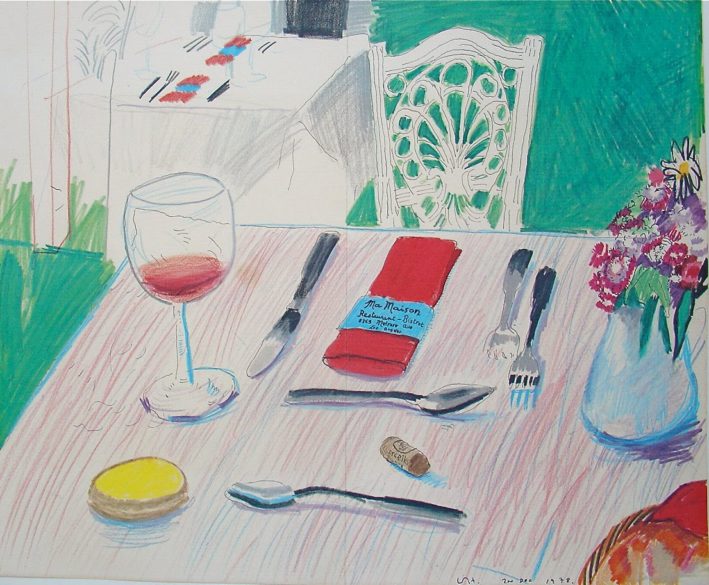Lost Gems: 192 Notting Hill
By Something Curated192 Notting Hill opened in 1983 as a humble wine bar, but it quickly became the leading force for a profound series of developments in London’s restaurant culture, effectively inventing the so-called ‘neighborhood restaurant’ – as well as influencing the social geography of the city itself.
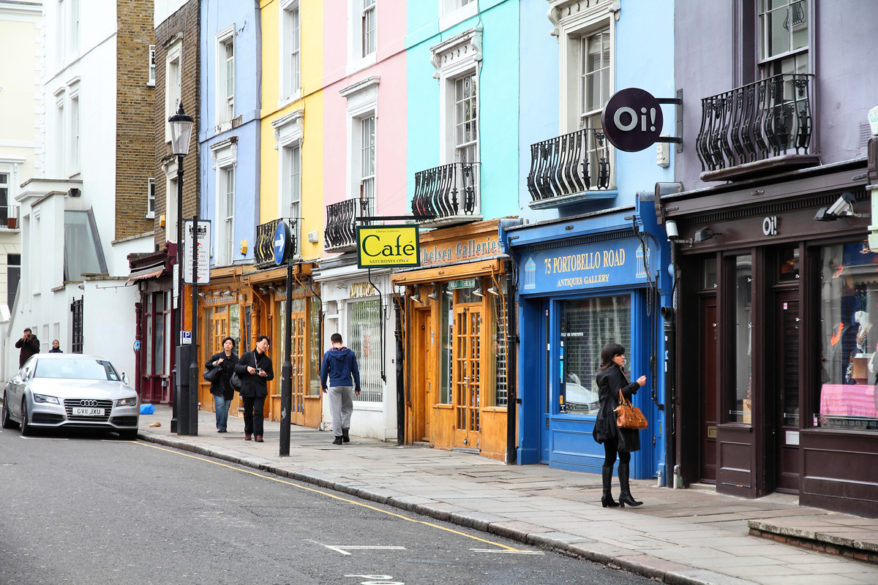
As something of an intersection among, and a first life, for many of the restauranteurs who have now attained star status in international dining cultures from London-based restaurants and beyond, 192 Notting Hill can also be credited as the parent of contemporary British cuisine. It also revolutionized Notting Hill for good, broadening its boundaries further north, all whilst encouraging its bubbling bohemian reputation to blossom and placing it on the map as a destination point.
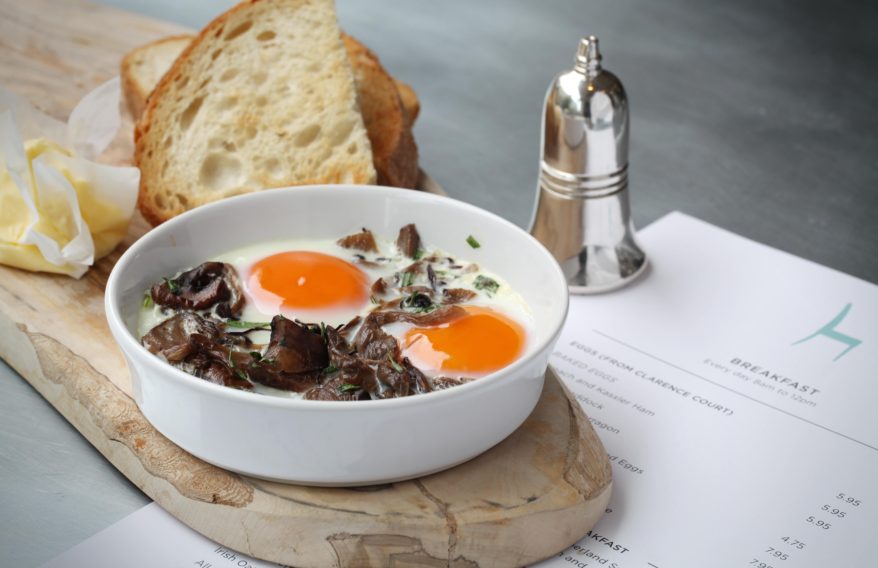
It opened in 1983 with Alastair Little, who is frequently credited as the Godfather of British cuisine, as head chef. Little went on to open his eponymous restaurant in Soho in ‘84, and another in Notting Hill in ‘97. Over the years, other greats cycled through its management: including Rose Gray (River Cafe), Rowley Leigh (Kensington Place), Dan Evans (Odette’s) and Adam Robinson (the Brackenbury), as well as Margot Henderson of the female power-team restauranteur duo Arnold + Henderson (Rochelle Canteen). It could be noted that 192 served as the launching pad for many of London’s celebrated female chefs and restauranteurs, giving women space to shine in an industry that is typically so dominated by men.
Gradually, this collective brought previously unheard of ingredients such as lardo, fresh borlotti beans, anchovies, herbs, fish sauce, and glass noodles to the heart of modern British cuisine.
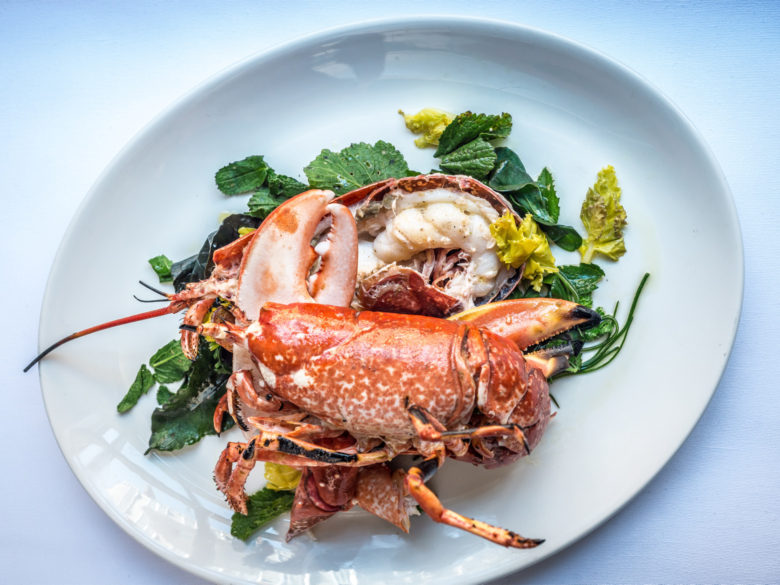
The restaurant was also known for its star-studded sightings; furthermore, as a place where the celebrity society was able to kick back and engage in . The press still showed up in full force to document and disseminate who was lunching with who and over which bottle of wine, but for some reason, 192 was a sanctuary free from self-constraint: the stars were allowed to simply not care.
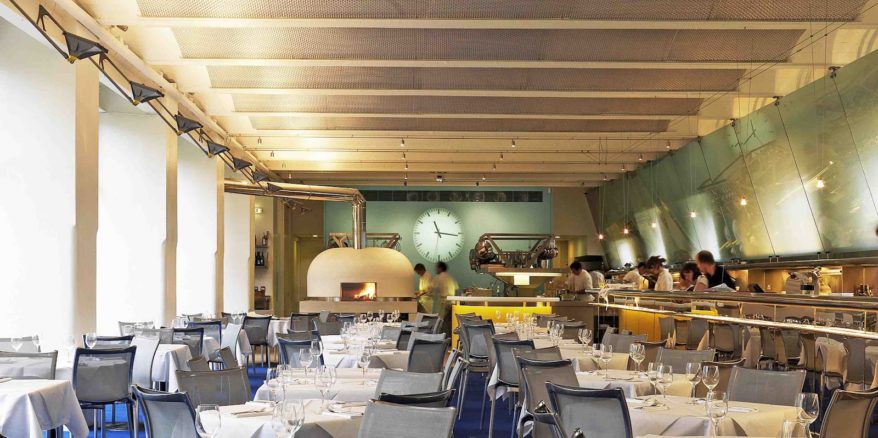
Among the long list of booze-infused celebrity sightings, 192 held a special place in the hearts of regulars and regular drinkers Francis Bacon, Kate Moss, David Hockney, Madonna, the Gallaghers, Uma Thurman, and the Spice Girls, who all made the restaurant their haunt.
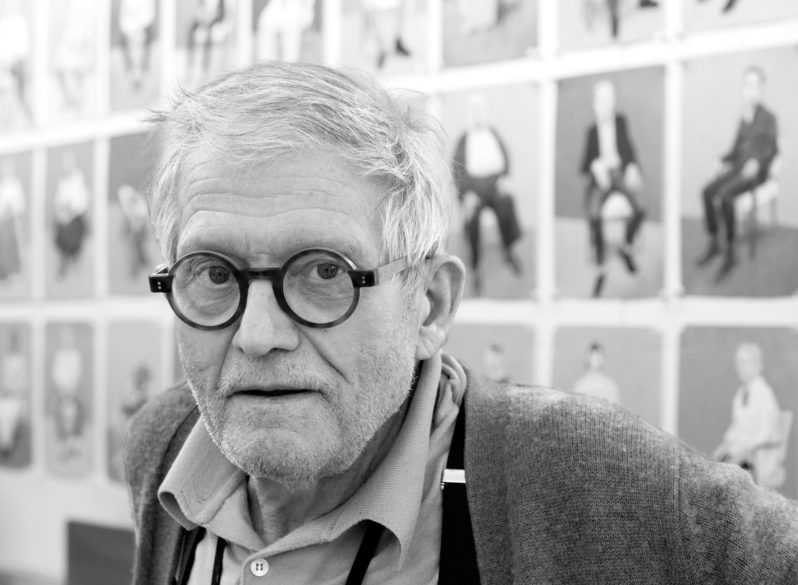
Many begrudgingly and nostalgically pronounced the slow death of 192 Notting hill when Joel Cadbury bought the building in 2001. For the optimists in the early aughts who had shook off Cadbury, the opening of E&O by Australian-born Will Ricker, owner of Ricker Restaurants, in the same year proved the final nail in the coffin. While 192 Notting Hill’s golden days are unquestionably unsalvageable, the aura and legacy surrounding the institution lives on in the hearts and minds of the Londoners who used to frequent it, who were able to witness – and clink glasses with – the birth of a movement that would change restaurant culture in London forever.
